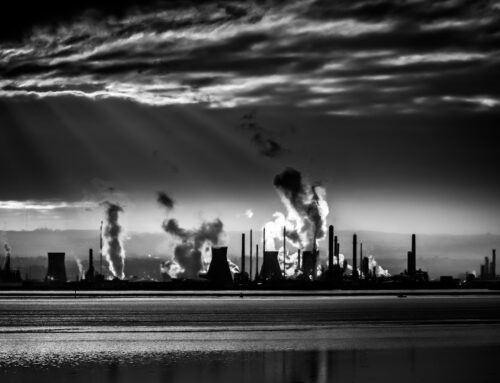Over the years, the world’s reliance on petrochemicals has grown exponentially. These chemicals, derived from petroleum, have become an integral part of our everyday lives, used in the production of plastics, synthetic fibers, fertilizers, and numerous other products. However, the environmental implications associated with their production and disposal have paved the way for a growing interest in waste-to-resource conversion.
The Environmental Impact of Petrochemicals
The production and use of petrochemicals are closely tied to greenhouse gas emissions, habitat destruction, pollution, and climate change. As these chemicals are often derived from crude oil or natural gas, the extraction and refining processes release significant amounts of carbon dioxide into the atmosphere. Additionally, the disposal of plastic waste, a major end product of petrochemicals, contributes to the global plastic pollution crisis.
Waste-to-Resource Conversion as a Solution
Recognizing the need for sustainable alternatives, waste-to-resource conversion has emerged as an innovative approach to tackle both the petrochemical reliance and the waste problem. Waste-to-resource conversion involves transforming various types of waste, including organic matter, plastics, and agricultural by-products, into valuable resources.
1. Organic Waste Conversion
Organic waste, such as food scraps and yard trimmings, can be converted into valuable resources through processes like composting and anaerobic digestion. Composting involves the decomposition of organic matter into nutrient-rich compost, which can be used as fertilizer in agriculture or landscaping. Anaerobic digestion, on the other hand, converts organic waste into biogas, a renewable energy source, and digestate, a nutrient-rich by-product used as a soil amendment.
2. Plastic Waste Conversion
Plastic waste, one of the most pressing environmental issues, can be converted into useful resources through various technologies. One approach is mechanical recycling, where plastics are sorted, cleaned, and melted to produce new plastic products. Another promising method is chemical recycling, which involves breaking down plastic waste into its chemical constituents to produce new plastics or other chemicals. Both approaches help reduce the demand for virgin petrochemicals while mitigating the environmental impact of plastic waste.
3. Agricultural Waste Conversion
Agricultural waste, such as crop residues and animal manure, can be transformed into valuable resources as well. One common method is bioenergy production, where agricultural waste is used as feedstock for the generation of heat, electricity, or biofuels. Additionally, these waste materials can be utilized in the production of organic fertilizers, promoting sustainable agriculture practices and reducing the need for chemical fertilizers derived from petrochemicals.
The Future of Waste-to-Resource Conversion
Waste-to-resource conversion technologies are continuously advancing, driven by the urgent need to transition towards a more sustainable and circular economy. Governments, industries, and researchers worldwide are investing in research and development to improve these conversion techniques, making them more efficient and cost-effective.
Moreover, waste-to-resource conversion aligns with the principles of the circular economy, where resources are kept in use for as long as possible, continually cycling through the production and consumption processes. By embracing waste-to-resource conversion, we can reduce our dependence on petrochemicals, mitigate environmental degradation, and create a more sustainable and resilient future.
In conclusion, the quest for alternatives to petrochemicals and effective waste management has given rise to waste-to-resource conversion. By harnessing the potential of organic waste, plastic waste, and agricultural waste, we can recover valuable resources and contribute to a greener, more sustainable world.





